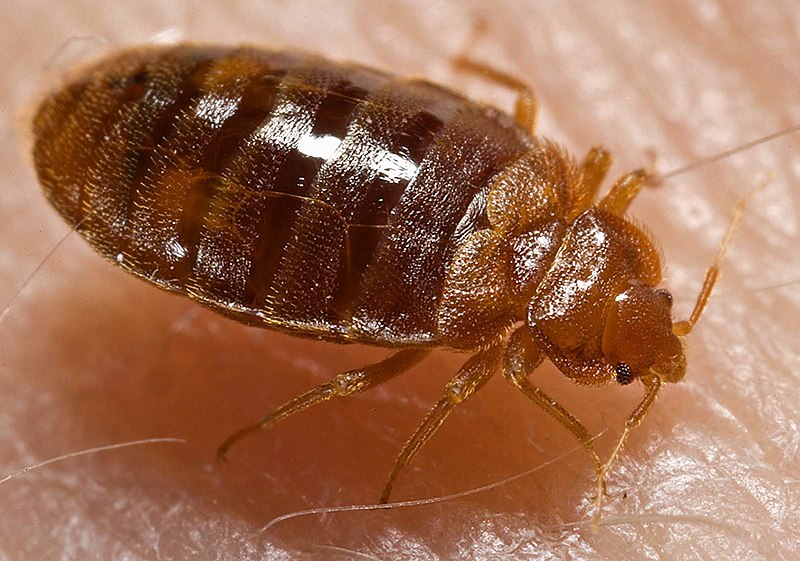Ficheru:Bed bug, Cimex lectularius.jpg

Tamañu d'esta previsualización: 800 × 561 pixels. Otres resoluciones: 320 × 224 pixels | 640 × 449 pixels | 1024 × 718 pixels | 1280 × 898 pixels | 1600 × 1122 pixels.
Ficheru orixinal (1600 × 1122 píxels, tamañu de ficheru: 161 kB, triba MIME: image/jpeg)
Historial del ficheru
Calca nuna fecha/hora pa ver el ficheru como taba daquella.
| Data/Hora | Miniatura | Dimensiones | Usuariu | Comentariu | |
|---|---|---|---|---|---|
| actual | 14:11 17 may 2007 |  | 1600 × 1122 (161 kB) | Patho | == Summary == {{Information |Description=ID#: 9822 Description: This 2006 photograph depicted an oblique-dorsal view of a '''bed bug nymph, Cimex lectularius''', as it was in the process of ingesting a blood meal from the arm of a “voluntary” human h |
Usu del ficheru
La páxina siguiente usa esti ficheru:
Usu global del ficheru
Estes otres wikis usen esti ficheru:
- Usu en af.wikipedia.org
- Usu en an.wikipedia.org
- Usu en ar.wikipedia.org
- Usu en arz.wikipedia.org
- Usu en azb.wikipedia.org
- Usu en be.wikipedia.org
- Usu en bg.wikipedia.org
- Usu en bjn.wikipedia.org
- Usu en bn.wikipedia.org
- Usu en bs.wikipedia.org
- Usu en ca.wikipedia.org
- Usu en ca.wiktionary.org
- Usu en ceb.wikipedia.org
- Usu en cs.wikipedia.org
- Usu en cv.wikipedia.org
- Usu en dag.wikipedia.org
- Usu en de.wikibooks.org
- Usu en din.wikipedia.org
- Usu en el.wikipedia.org
- Usu en eml.wikipedia.org
- Usu en en.wikipedia.org
- Usu en en.wikinews.org
- Usu en en.wiktionary.org
Ver más usos globales d'esti ficheru.
